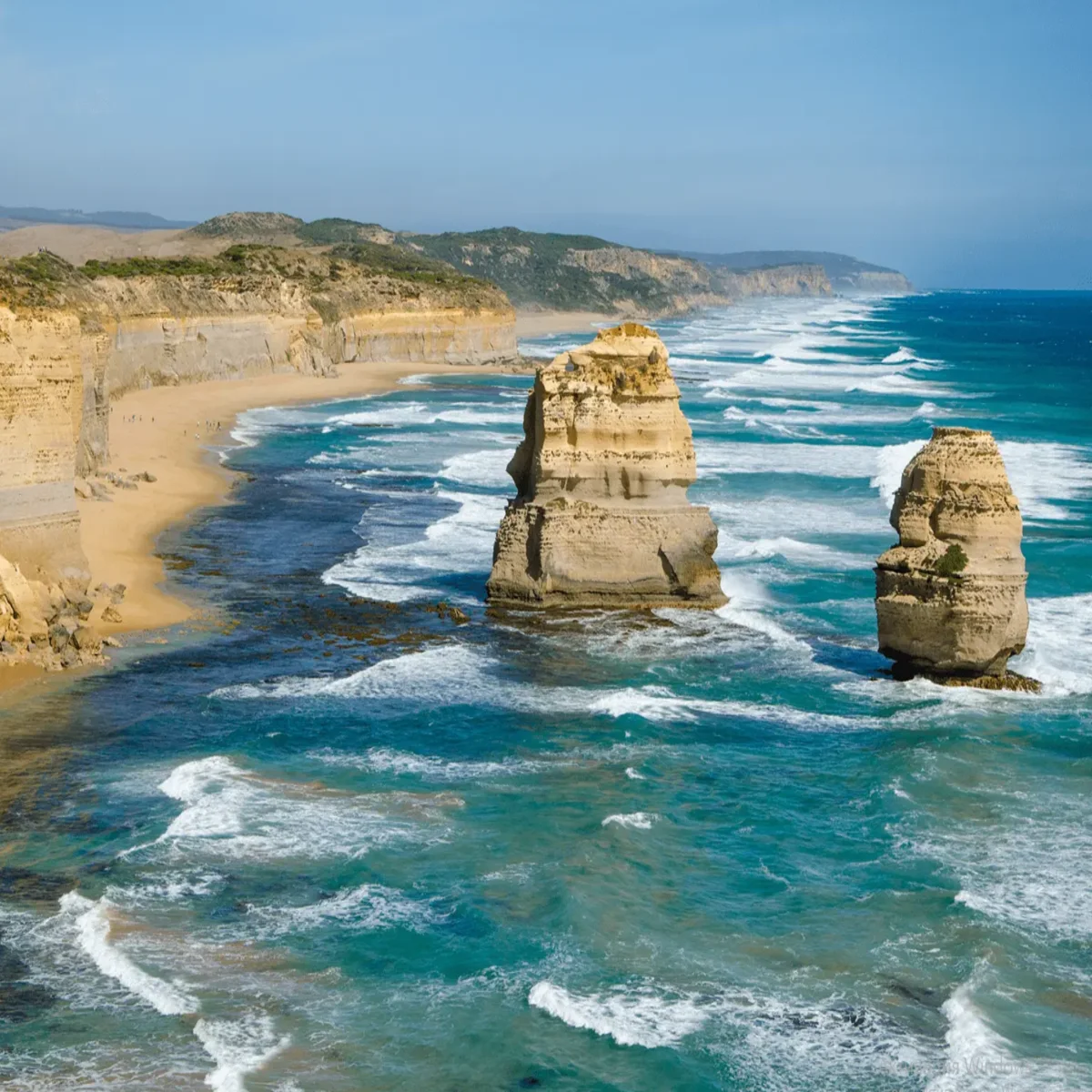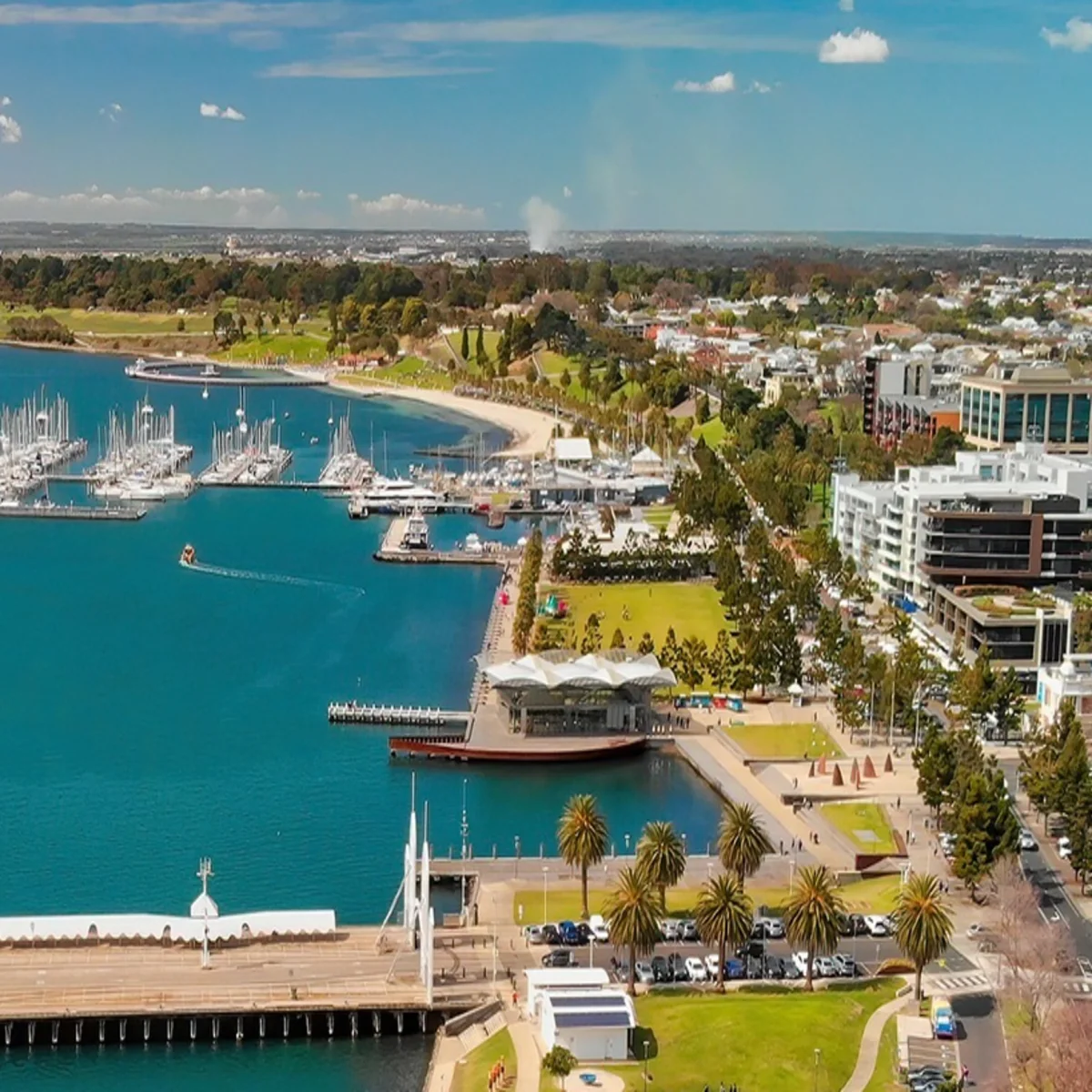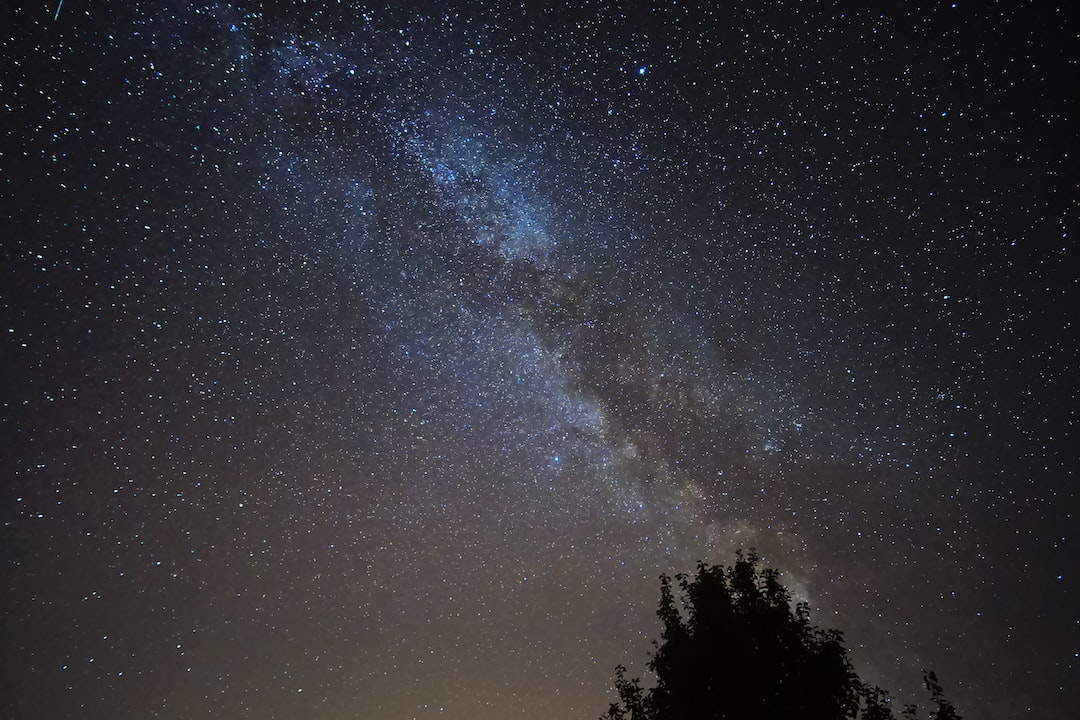The Gibson Steps are located along the Great Ocean Road and provide access to a beautiful beach.
The ancient staircase on the Great Ocean Road cliffs
The steps near the world-famous Twelve Apostles site in Port Campbell National Park are a popular attraction on the 250-kilometer coastal road.
The steps have been shaped by weather over time, leading to the formation known as Gog and Magog, visible from the viewing platform at the top.
The beach at the bottom of the Gibson Steps is a popular spot for fishing due to the abundance of colourful fish and sea creatures. However, swimming is not recommended due to the dangerous reefs and ripholes causing choppy waves.

Directions to Gibson Steps
Gibsons Steps can be found well-signed about one kilometre before the 12 Apostles car park in Port Campbell National Park on the Shipwreck Coast if travelling along the Great Ocean Road from the east (Melbourne).
We recommend that you come with us on a
Visitors are recommended to start at the Apostles, where they can use the facilities, enjoy a coffee, and take in the sights from the official viewing area.
At the end of the viewing area, you can see the Apostles to the west and the Sandstone Stacks Gog & Magog to the east. If the weather is calm and the tide is out, you may see people on the beach below Gog & Magog who used the Gibson Steps staircase to access it.
The distance from the 12 Apostles car park to Gibson Steps can be covered by a short drive or a 2-kilometer walk on a track starting from the Apostles Visitor Centre.
Sometimes, Gibson Steps may be closed off by a gate due to rough weather or high tides, making it unsafe to descend the stairs. Alternatively, the tide may be far beyond Gog & Magog on other occasions.
History of Gibson's Steps
The Sandstone & Limestone of this entire coastline were formed over 300 million years ago below a deep ocean. Fish, plants, river sand, and debris accumulate on the ocean floor, forming sedimentary rock known as Sandstone through compaction under intense pressure.
Limestone and Sandstone, containing 50% fossils, form the giant cliffs of the Gibson Steps.
These stairs have a long history of use, dating back to their use by indigenous people and early colonists in the 1800s.
The origin of the name
Mr. Gibson owned the land at the top of the staircase in the late 1800s. He lived near the stairs at Glenample Homestead. The homestead became famous when the Loch Ard shipwrecked nearby. Mr. Gibson helped rescue the only two survivors, Tom and Eva. Eva recovered at Glenample Homestead for over three months. Learn more about Loch Ard George and the shipwreck here.
Mr Gibson frequently used the steps to reach the beach and hired workers from his farm to enhance the staircase for easier access to fishing and collecting cargo at the bottom.
Locals commonly used the stairs to bring in cargo by ship until neighbouring areas developed better vessel access and unloading facilities.
The name 'Gibson Steps' was derived from Mr. Gibson's use and involvement in the staircase, although he and his work were not responsible for constructing the famous steps leading down to the beach.
Activities to consider at Gibson Steps
Stroll the Sandy Shore
In addition to enjoying the beautiful views and walking on the sandy shores of the beach at Gibson Steps, there are numerous activities to do in the area.
Go fishing for dinner
The beach is famous for fishing and has a variety of colourful fish and sea creatures in its shallow waters. However, swimming may not be safe due to dangerous reefs, ripholes, and choppy waves.

Visiting the Great Ocean Road is a popular activity for tourists in Australia, with the Gibson Steps being a recommended starting point.
Accommodation and camping
There are various accommodation options available near Gibson Steps. Camping is prohibited on the beach and in the car park, but there are two towns nearby and other more secluded choices.
Princetown is about 10 km east of the Twelve Apostles (back towards Melbourne). The town centre has an Inn and the Apostles Camping Park. Across the road, there are cabins available for accommodation. Another option is camping on the old Princetown cricket oval for around $15 per night, with facilities provided. If you camp on the cricket oval, you can expect to see many kangaroos in the morning and late afternoon.
Port Campbell, located about 12 kilometres west of Gibson Steps on the Great Ocean Road, offers a range of accommodation options, including luxury hotels, affordable hostels, and camping parks.
Several camping spots are near Gibson Steps in Port Campbell National Park and Great Otway National Park. Aire Crossing campsite is located near a slow-moving river in the Otways forest, while Johanna Beach Campground is near a rugged beach on the coastline.


